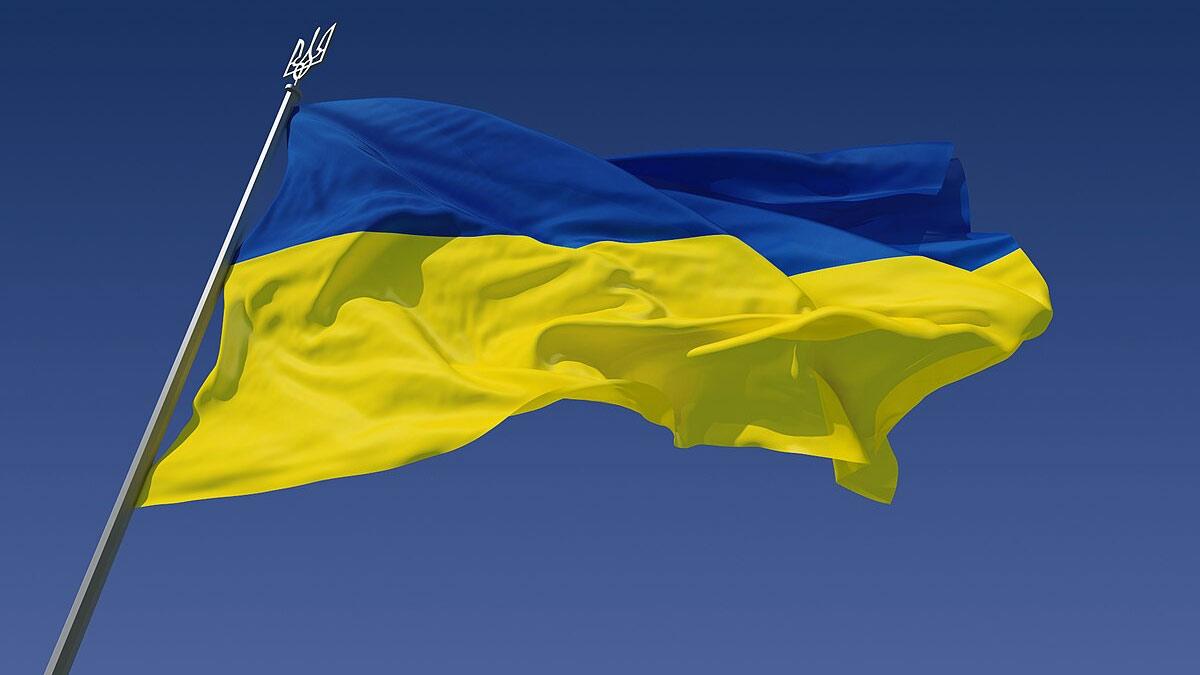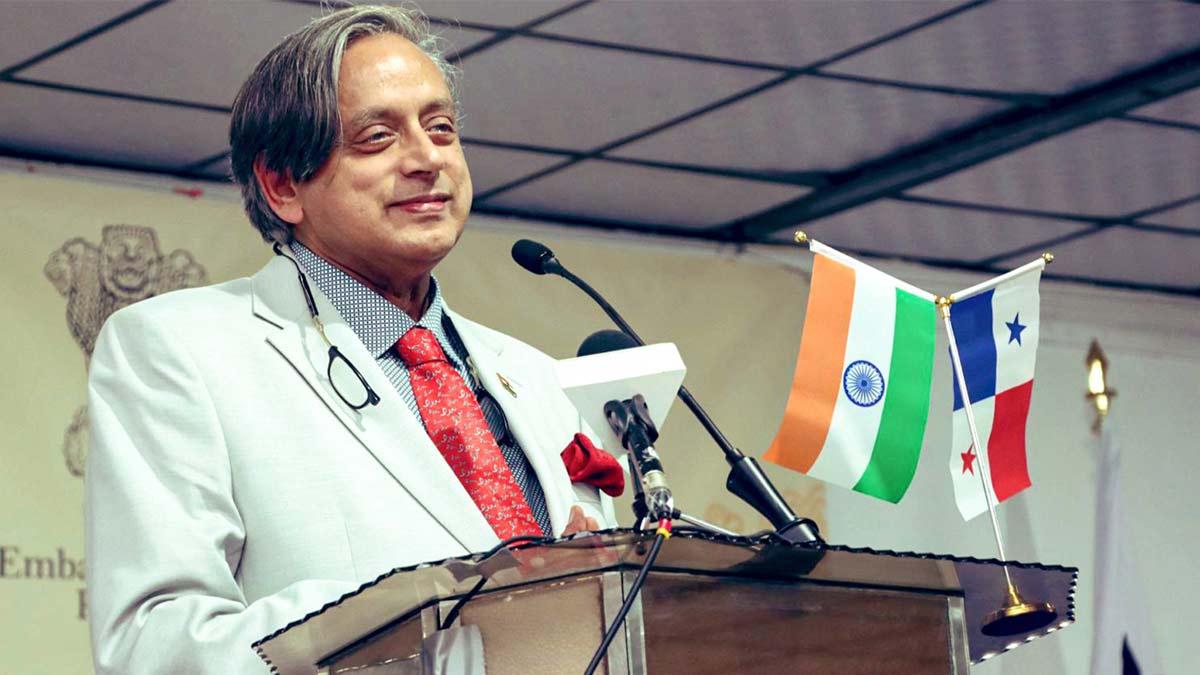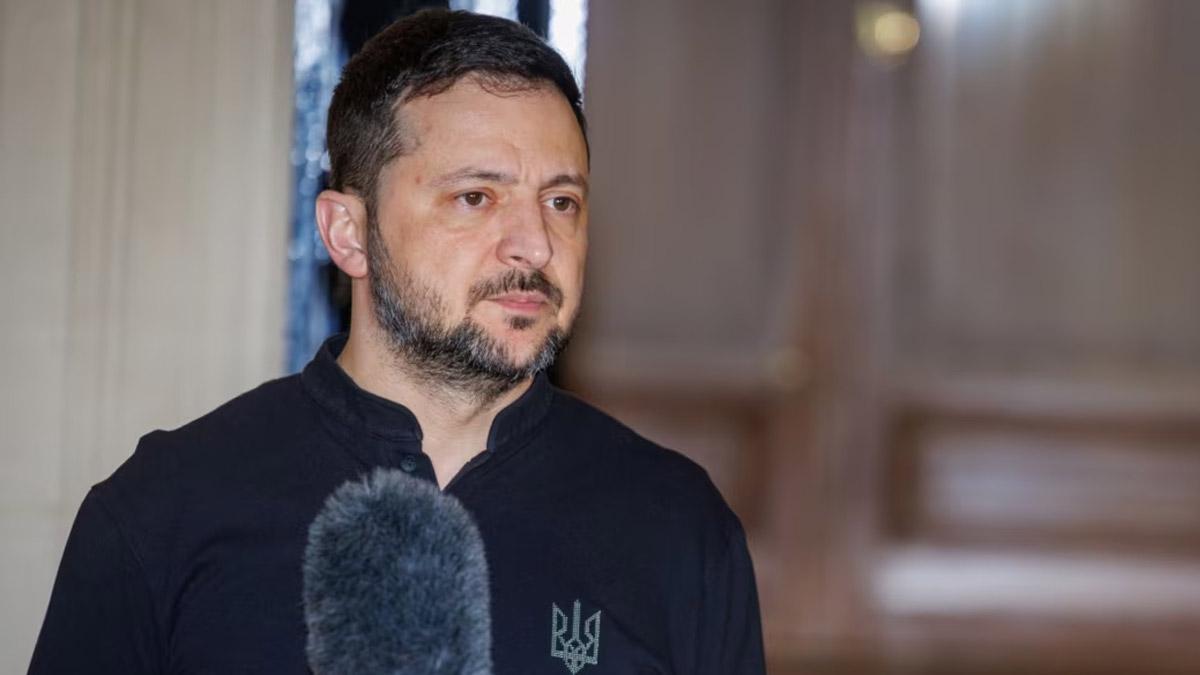Ukraine's broad attack on Russian strategic military installations, spanning the great width of the nation, was purportedly a deeply planned and clandestine operation that had been in the works for more than a year.
The attack is alleged to have included the surreptitious placement of drones in close range to major Russian objectives.
As per Maria Avdeeva, a self-touted security expert who has been tracking the war since its very beginning and has been engaged in efforts to fight Russian misinformation since 2014, Ukraine secretly shipped FPV drones and wooden mobile huts into Russian territory. These drones, she said, were hidden under the roofs of the huts, which were subsequently mounted onto trucks.
When the signal was issued, the roofs of the trucks opened remotely, releasing dozens of drones from the cars straight onto Russia's strategic bomber planes," Avdeeva posted on X. "Russia can no longer replace these bombers. The losses are catastrophic. This operation is unprecedented.
Earlier today on Sunday, Ukraine's Security Service (SBU) released a statement asserting: "Enemy strategic bombers are burning en masse in Russia." The agency stated it as "a large-scale special operation aimed at destroying enemy bomber aircraft."
BBC news, quoting unidentified SBU officials, disclosed that the mission was code-named "Spider's Web" and had been planned for about 18 months. Planning and implementation were allegedly overseen directly by Ukrainian President Volodymyr Zelensky.
According to these sources, Ukraine initially smuggled FPV drones into Russia, and subsequently the wooden cabins. Deployed, the drones were hidden under the roofs of the cabins mounted on trucks. When the situation arose, the roofs were remotely opened, propelling the drones towards neighboring military airfields.
Ukraine has put the cost of the damage caused by the coordinated drone attacks at over $2 billion. Targets included airbases in the far north Murmansk region and deep eastern Siberia. Some of the Russian military equipment said to have been targeted includes TU-95 strategic bombers, TU-22M3 long-range supersonic bombers, and A-50 airborne early warning planes.
Responding, Russia's Defence Ministry confirmed that a number of airfields were targeted in areas such as Murmansk, Ivanovo, Ryazan, Irkutsk, and Amur. Describing its forces as having beaten back the attacks successfully, the ministry confirmed there was "material damage" to some planes, but gave no further details.
Read also| Trump Ends 'Mr. Nice Guy' Approach, Accuses China of Violating Trade Agreement


















